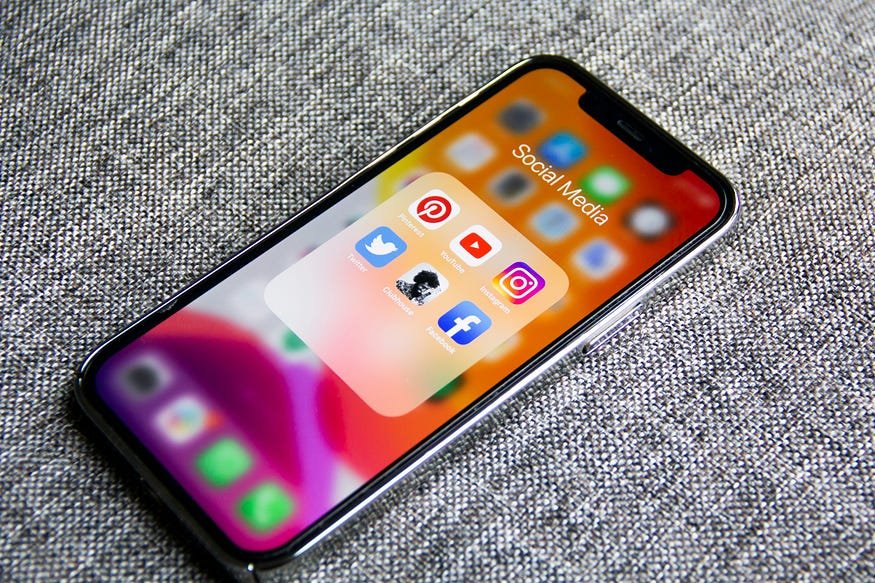Impulse spending can feel harmless at first — a coffee here, a gadget there — but over time, it destroys budgets, savings, and financial goals. The good news? With the right mindset and strategies, you can finally take control of your spending habits. Here’s how.
1. Understand Why You Spend Impulsively
Impulse spending usually isn’t about money — it’s about emotions.
People often buy:
To relieve stress or boredom
To feel rewarded after a tough day
To impress others or keep up with trends
Knowing your triggers is the first step.
Keep a spending journal for a week and note what you bought, how you felt, and why. Patterns will emerge.
2. Create a Realistic Budget
A budget isn’t a restriction — it’s a roadmap for your money.
Allocate money for essentials: rent, bills, groceries
Set aside a fun money category for guilt-free discretionary spending
When your spending is planned, impulse purchases feel unnecessary
Having clear categories reduces the temptation to buy on a whim.
3. Pause Before You Buy
One of the most effective ways to stop impulsive purchases is a cooling-off period:
24-hour rule:
Wait a full day before buying anything non-essential
Wishlist method: Add items to a wishlist or cart, then revisit later
This simple pause helps you determine if it’s truly something you value or just want emotionally
4. Remove Temptation
Impulse spending often happens online or in stores. Reduce temptation by: Unsubscribing from marketing emails and newsletters
Removing saved credit card information from shopping apps
Avoiding malls or browsing apps when bored or stressed
Out of sight = out of mind.
5. Automate Savings
Make saving a habit, not an afterthought:
Set up automatic transfers to a savings or investment account
Treat savings like a mandatory bill
If your money is already saved, you’ll be less tempted to spend it impulsively
6. Use Cash or Debit Instead of Credit
Credit cards can make spending feel abstract, which encourages impulsive purchases.
Use cash envelopes for discretionary categories
Or a prepaid debit card loaded with your budgeted fun money
When you see money physically leaving your hands, you’ll think twice before buying.
7. Replace Spending With Other Rewards
Impulse buying often satisfies emotional needs.
Find healthier alternatives:Go for a walk, workout, or meditate
Take a hobby break (painting, reading, music)Treat yourself in ways that don’t involve money
Over time, your brain learns to associate rewards with actions, not purchases.
8. Reflect and Adjust
Check your progress regularly:Review your spending weekly or monthly
Celebrate wins — every time you resist an impulse, reinforce the habit
Adjust your strategies if needed — financial discipline is a skill, not a one-time fix
Final Thought
Stopping impulse spending isn’t about strict deprivation — it’s about control, awareness, and smart habits. By understanding your triggers, planning your budget, and using these strategies consistently, you can finally make your money work for you instead of giving it away impulsively.

